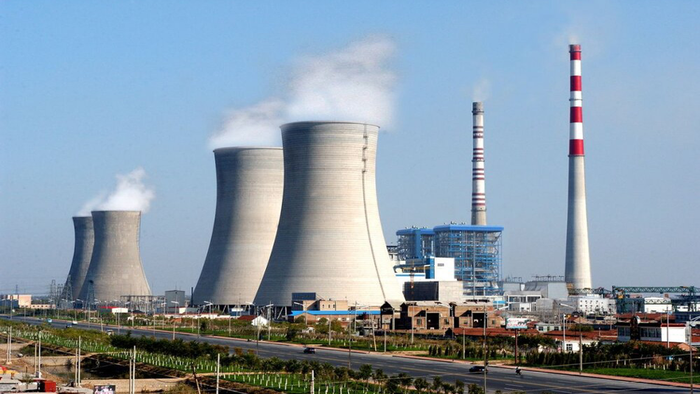The current energy landscape in the United States reveals a remarkable shift in electricity generation, particularly with the increased reliance on natural gas compared to coal. According to Tsvetana Paraskova of OilPrice.com, the United States has become more dependent on fossil fuels for its electricity supply in recent months than China, the world’s leading carbon emitter. This change is particularly evident since June 2024, when heightened summer electricity demands have largely been satisfied through gas-fired power generation. In contrast, China’s recovery in hydropower has limited its coal usage, leading to a more balanced energy mix as fossil fuels comprised 60.5% of its electricity generation during the same period.
The implications of this shift are significant, as the rising use of natural gas may pose challenges to U.S. climate goals, particularly the aim of achieving a zero-carbon grid by 2035. A startling statistic reveals that natural gas power output in the U.S. surged by 20% in the first nine months of 2024 compared to the same timeframe in 2019. This growth has increased the share of natural gas in the U.S. power supply from 38% five years ago to a current level of 43%. As data shows, the fossil fuel sector, which includes both natural gas and coal, has yielded an average output share of 62.4% for electricity in the U.S. since June, raising concerns regarding future commitments to decarbonization.
The increase in natural gas utilization is largely fueled by the escalating demand for electricity, driven in part by increased electrification and the growing energy requirements of data centers, especially during hotter months. Power-generating companies are responding to this surge with plans for significant expansions in natural gas-fired capacity. Furthermore, during the first half of 2024, electricity-generating firms unveiled plans for new gas-powered capacity that equals the total announced in 2020. Such developments underscore the trend toward natural gas as a prominent source of electricity, a departure from previous strategies focused on renewables and cleaner energy technologies.
This upsurge in gas-fired generation is not merely a result of regional climate changes or temporary market conditions but reflects a broader phenomenon where electricity demands are projected to continue rising. The uptick in demand is largely attributed to a more electrified economy that requires increased energy for both residential and commercial use. With extreme heat events becoming more frequent, the pressure on energy resources has escalated, necessitating a quicker response from power generation sectors to meet evolving consumption patterns.
On a global scale, this energy dynamic highlights the contrasting strategies of major economies in addressing the twin challenges of energy security and climate change. While the United States leans heavily on natural gas to bridge the demand-supply gap, China is making strides by reinstating hydropower capabilities and adjusting its coal dependency. This markup reflects a greater need for adaptive energy strategies, balancing immediate demand with long-term sustainability targets in the face of regulatory and ecological pressures.
In summary, as the U.S. pivots towards natural gas to meet soaring electricity demands, it risks undermining its climate objectives. The current trajectory indicates that without significant investment and commitment to alternative energy sources, the nation’s aspirations for a zero-carbon grid by 2035 may be jeopardized. The contrasting approaches taken by the U.S. and China reveal a critical juncture in global energy policy, highlighting the need for cohesion between fossil fuel reliance and a sustainable energy future in the context of climate change imperatives.

